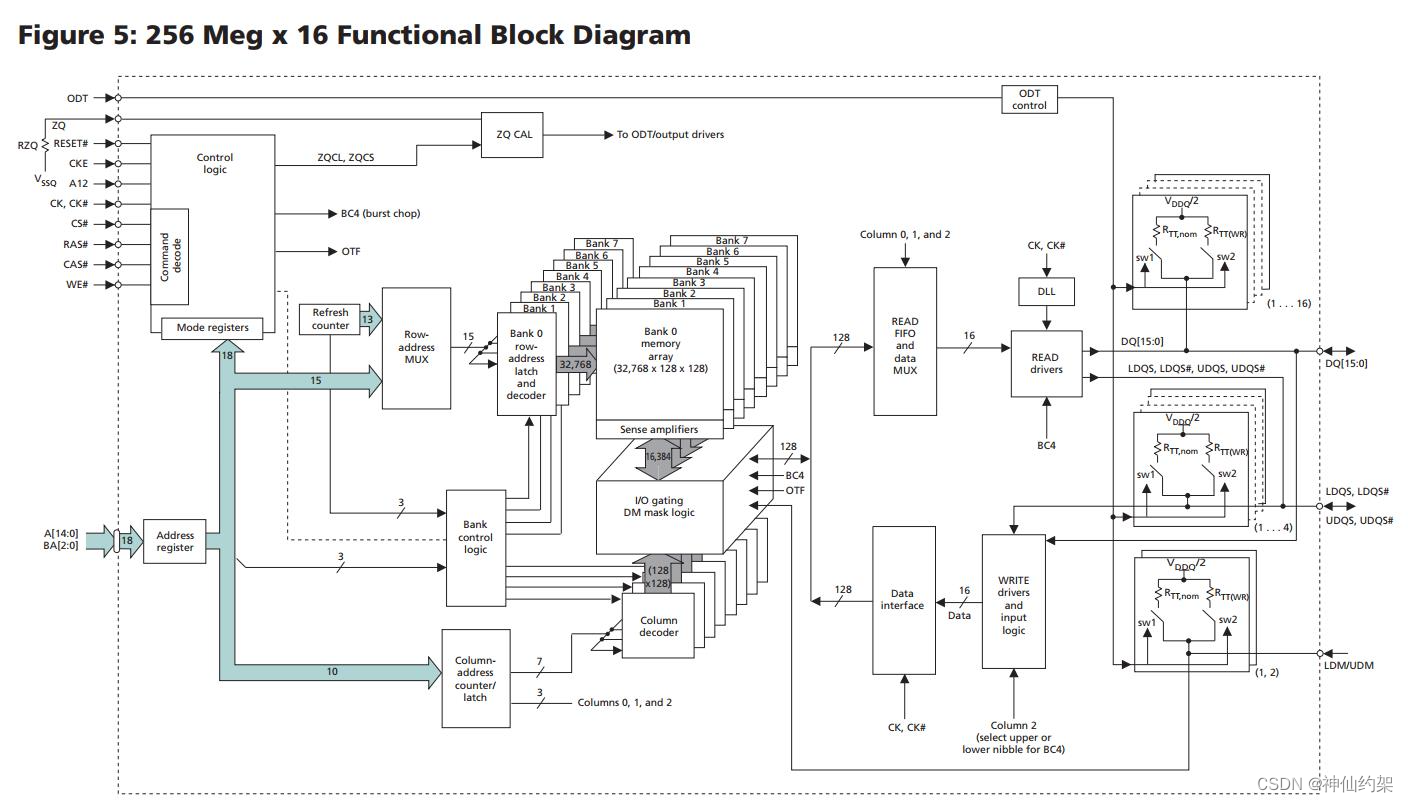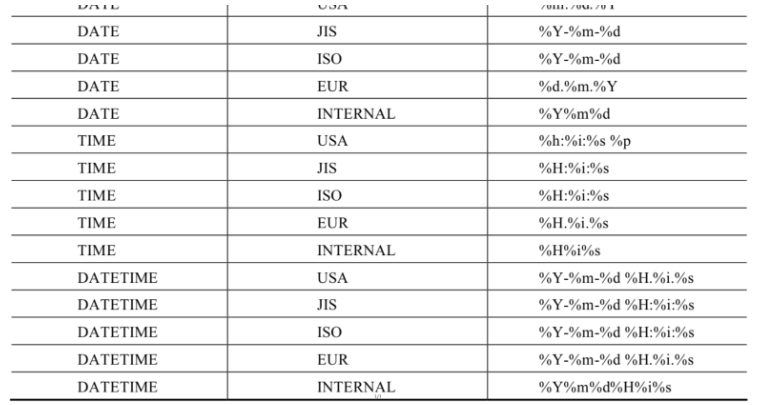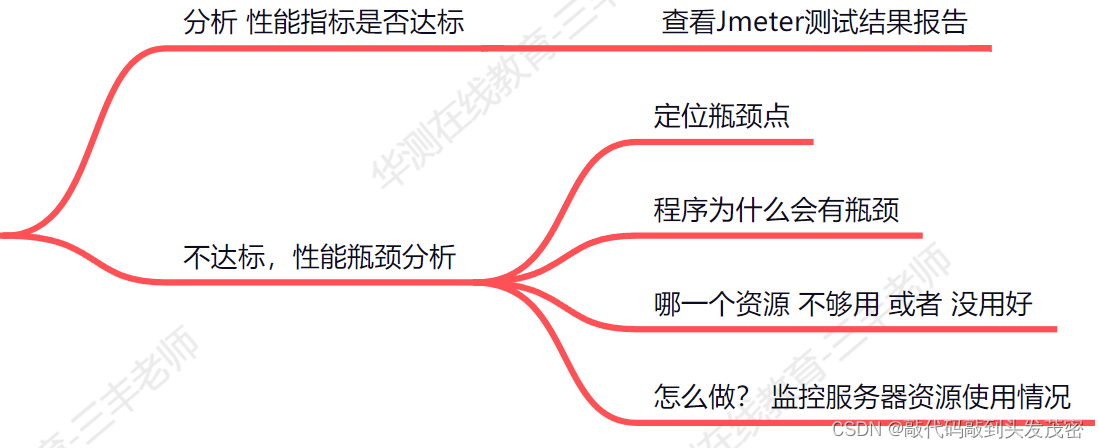报名明年4月蓝桥杯软件赛的同学们,如果你是大一零基础,目前懵懂中,不知该怎么办,可以看看本博客系列:备赛20周合集
20周的完整安排请点击:20周计划
每周发1个博客,共20周(读者可以按自己的进度选“正常”和“快进”两种计划)。
每周3次集中答疑,周三、周五、周日晚上,在QQ群上答疑:

文章目录
- 1. C++ STL sort()
- 2. Python的sort()和sorted()
- 3. Java的sort()
- 4. 例题
- 例1 排序的基本应用
- 例2 排序的基本应用
- 例3 自定义排序比较函数
- 例4 结构体排序
- 例5 结构体排序
- 5. 习题
第8周第2讲: 排序的应用
在算法竞赛中,一般不需要自己写这些排序算法,而是直接使用库函数,例如C++的sort()函数,Python的sort()和sorted()函数,Java的sort()函数。
1. C++ STL sort()
有以下排序函数。
sort (first, last, comp) 对[first, last) 范围内的元素进行排序。注意排序的范围[first, last),包括first,不包括last。comp是比较函数,sort()自带4种comp排序:less、greater、less_equal、greater_equal。缺省情况下,程序是按从小到大的顺序排序的,less可以不写。也可以用自定义的比较函数进行排序,见下面第3、4行的例子。
stable_sort (first, last, comp) 和sort()相似,不同之处在于,对于 [first, last) 范围内值相同的元素,该函数不会改变它们的相对位置。
partial_sort(first, middle, last, , comp) 以交换元素存储位置的方式实现部分排序,将 [first, last) 范围内最小(或最大)的 middle-first 个元素移动到 [first, middle) 区域中,并对这部分元素做升序(或降序)排序。
nth_element(first, nth, last, comp) 采用默认的升序时,该函数从某个序列中找到第 k 小的元素e(序列下标从0开始),并将e移动到序列中第k的位置处。而且,整个序列经过nth_element()函数处理后,所有位于e之前的元素都比e小,所有位于e之后的元素都比e大。
is_sorted (first, last, comp) 检测 [first, last) 范围内是否已经排好序,默认检测是否按升序排序。
下面是例子。
#include<bits/stdc++.h>
using namespace std;
bool my_less(int i, int j) {return (i < j);} //自定义小于
bool my_greater(int i, int j) {return (i > j);} //自定义大于int main (){int a[]={1,3,2,2,6,8,5,4};sort(a+2,a+6); //对前4个排序,结果:1 3 2 2 6 8 5 4sort(a,a+8,less<int>()); //结果:1 2 2 3 4 5 6 8sort(a,a+8,my_less); //自定义排序,结果:1 2 2 3 4 5 6 8sort(a,a+8,greater<int>()); //从大到小排序,结果:8 6 5 4 3 2 2 1sort(a,a+8,my_greater); //结果:8 6 5 4 3 2 2 1stable_sort(a+3,a+8); //结果:8 6 5 1 2 2 3 4int b[]={3,7,2,5,6,8,5,4};partial_sort(b,b+3,b+8); //结果:2 3 4 7 6 8 5 5partial_sort(b,b+3,b+8,greater<int>()); //结果:8 7 6 2 3 4 5 5if(is_sorted(b,b+3,greater<int>())) cout<<"is sorted"<<endl; //输出:is sortedvector<int> c = {1,2,3,4,5,6,7,8};sort(c.begin(),c.end(),my_greater); //结果:8 7 6 5 4 3 2 1string s="hello world";sort(s.begin(),s.end(),greater<char>()); cout<<s; //输出: wroolllhed 注意最后一个是空格return 0;
}
利用cmp()函数,sort()可以对结构体进行排序,见后面的例题。
C++的sort()有两个优点:(1)能在原数组上排序,不需要新的空间;(2)能在数组的局部区间上排序。
2. Python的sort()和sorted()
Python提供了两个排序函数,sort()和sorted()。
1、sort和sorted()的区别
sort()是应用在list上的方法,而sorted 可以对所有可迭代的对象进行排序操作。
一个关键的区别是:sort是在原列表上排序,而sorted()产生一个新的列表,不改变原列表。
2、sorted()
sorted(iterable, key=None, reverse=False)
参数说明:
iterable:可迭代对象。
key:用来进行比较的元素,只有一个参数,具体的函数的参数取自于可迭代对象中,指定可迭代对象中的一个元素来进行排序。
reverse:排序规则,reverse = True 降序,reverse = False 升序(默认)。
返回值:重新排序的列表。
3、sort()和sorted()的例子
a = [3,7,9,3,4,1,2]
a.sort() #直接在a上升序排序,a改变了
print(a) #[1, 2, 3, 3, 4, 7, 9]
b = sorted(a,reverse = True)
print(b) #排序结果给b,输出:[9, 7, 4, 3, 3, 2, 1]
print(a) #a不变,输出:[1, 2, 3, 3, 4, 7, 9]a.sort(reverse = True) #降序
print(a) #输出:[9, 7, 4, 3, 3, 2, 1]a = "abadae"
print(sorted(a)) #输出:['a', 'a', 'a', 'b', 'd', 'e']
#这样是错的:a.sort(),因为sort()应用在list上,a不是lists1 = [('b', 'A', 15), ('c', 'B', 12), ('e', 'B', 10)]
s2 = sorted(s1, key=lambda s: s[2]) # 按第3个排序,默认升序
print(s2) #输出:[('e', 'B', 10), ('c', 'B', 12), ('b', 'A', 15)]
s3 = sorted(s1, key=lambda s: s[2], reverse=True) # 按第3个排序,降序
print(s3) #输出:[('b', 'A', 15), ('c', 'B', 12), ('e', 'B', 10)]s = "hello world"
s = ''.join(sorted(s, reverse=True))
#Python中字符串不可变,不能直接在原字符串上进行排序
#可以将字符串转换为列表进行排序,然后再转回字符串
print(s) #输出:wroolllhed 注意最后一个是空格
Python的sort()不能在数组的一部分上做排序,只能对整个数组排序;sorted()虽可以对一部分排序,但是不能直接在原数组上排序。
3. Java的sort()
有Arrays.Sort()、Collections.sort()。
Arrays.sort()可以对数组,字符串等排序。Collections.sort()是对list集合排序,list也可以放数字、字符串。自定义比较见后面的例题。
例子:
import java.util.*;
public class Main {public static void main(String[] args) {int[] a = {8, 3, 6, 2, 3, 5, 9}; Arrays.sort(a); //升序for (int num : a) System.out.print(num+" "); //输出: 2 3 3 5 6 8 9 System.out.println();Integer[] b = {2, 3, 4, 1, 0, 6, 5}; Arrays.sort(b,Collections.reverseOrder()); //降序//不支持基本类型int,double,char,如果是int型需要改成Integer,float要改成Floatfor (int num : b) System.out.print(num+" "); //输出: 6 5 4 3 2 1 0 System.out.println();String s = "hello world";char[] chars = s.toCharArray();Arrays.sort(chars);s = new String(chars); //Java中字符串是不可变的,因此不能直接在原字符串上进行排序。可以将字符串转换为字符数组进行排序,然后再将排序后的字符数组转换回字符串。System.out.println(s); //输出: dehllloorw ArrayList<Integer> list = new ArrayList<>();list.add(36);list.add(52);list.add(15);Collections.sort(list);System.out.print(list); //输出: [15, 36, 52] }
}
4. 例题
例1 排序的基本应用
输油管道问题
已知n个油井的y坐标,把它们排个序, y 0 ≤ y 1 ≤ . . . ≤ y n − 1 y_0≤y_1≤...≤y_{n-1} y0≤y1≤...≤yn−1。
设主管道的y坐标是m,那么就是求 ∣ y 0 − m ∣ + ∣ y 1 − m ∣ + . . . + ∣ y n − 1 − m ∣ |y_0-m|+|y_1-m|+...+|y_{n-1}-m| ∣y0−m∣+∣y1−m∣+...+∣yn−1−m∣的最小值。
m肯定大于 y 0 y_0 y0小于 y n − 1 y_{n-1} yn−1,猜测是平均值,或者中位数。容易证明是中位数,例如n=7,m是 y 3 y_3 y3;n=8,m是 y 3 y_3 y3或 y 4 y_4 y4。
C++代码
#include<bits/stdc++.h>
using namespace std;
int y[10001];
int main(){int n; cin>>n;for (int i=0; i<n; i++) {int x;cin>>x>>y[i]; //忽略x坐标}sort(y,y+n); //对n个y值排序 int m = y[n/2]; //m是中位数int ans = 0;for (int i=0; i<n; i++) ans += abs(m-y[i]);cout<<ans;return 0;
}
Java代码
import java.util.*;
public class Main {public static void main(String[] args) {Scanner sc = new Scanner(System.in);int n = sc.nextInt();int[] y = new int[n];for (int i = 0; i < n; i++) {int x = sc.nextInt();y[i] = sc.nextInt();}Arrays.sort(y);int m = y[n/2];int ans = 0;for (int i = 0; i < n; i++) ans += Math.abs(m - y[i]);System.out.println(ans);}
}
Python代码
n = int(input())
y = []
for i in range(n):x, yi = map(int, input().split())y.append(yi)
y.sort()
m = y[n//2]
ans = 0
for i in range(n): ans += abs(m - y[i])
print(ans)
例2 排序的基本应用
肖恩的排序
先考虑简单直接的做法。题目要求“所有位置i都有A[i] > B[i]”,先对A从小到大排序,然后枚举B数组,对某个B[i],若有个A[j]>B[i],那么A[j]~A[n-1]都合法。找到所有这种排列,就是答案。但是这样做计算量极大。
题目只要求A[i]>B[i],那么A[]和B[]内部的顺序对答案没有影响。对于位置i,A[i]可以是A[]中所有大于B[i]的元素。所以对A[]和B[]排序方便计算。
先从大到小对A[]和B[]排序,然后枚举B[]数组,步骤如下:
B[0]对应的A[]的元素,是大于B[0]的所有A[]的元素,设范围是A[i]~A[j]。
B[1]对应的A[]的元素,包括了两部分:第一部分是A[i]~A[j],因为B[1] ≤ B[0];第二部分是A[j]之后大于B[1]的那些A[]的元素。第一部分可以利用上一步的结果。另外,因为当前位置要选一个A[],所以符合条件的数减一。
继续枚举其他B[]的元素,直到结束。
把每次符合要求的A[]的元素个数乘起来,就是答案。
C++代码。分析计算复杂度,第9行和第10行的sort()是O(nlogn)的,第12行和第13行合起来是O(n2),总复杂度O(n2)。
#include<bits/stdc++.h>
using namespace std;
const int N=1e5+10,MOD=1e9+7;
int a[N],b[N];
int main() {long long n=0; cin>>n;for(int i=0;i<n;i++) cin>>a[i];for(int i=0;i<n;i++) cin>>b[i];sort(a,a+n,greater<int>()); //A数组从大到小排序sort(b,b+n,greater<int>()); //B数组从大到小排序long long cnt=0,ans=1;for(int i=0,j=0;i<n;i++) { //枚举每个B[i]while(j<n && a[j]>b[i]) //找所有大于b[i]的数cnt++,j++;ans *= cnt--;ans %= MOD;}cout<<ans<<endl;
}
Java代码
import java.util.Arrays;
import java.util.Scanner;
public class Main {static final int N = 100010;static final int MOD = 1000000007;public static void main(String[] args) {Scanner scan = new Scanner(System.in);int n = scan.nextInt();int[] a = new int[N];int[] b = new int[N];for (int i = 0; i < n; i++) a[i] = scan.nextInt();for (int i = 0; i < n; i++) b[i] = scan.nextInt();Arrays.sort(a, 0, n); //从小到大排序for (int i = 0; i < n/2; i++)
{int tmp=a[i]; a[i]=a[n-1-i];a[n-1-i]=tmp;} //从大到小Arrays.sort(b, 0, n); //从小到大排序for (int i = 0; i < n/2; i++)
{int tmp=b[i]; b[i]=b[n-1-i];b[n-1-i]=tmp;} //从大到小long cnt = 0, ans = 1;int j = 0;for (int i = 0; i < n; i++) {while (j < n && a[j] > b[i]) {cnt++;j++; }ans *= cnt;cnt--;ans %= MOD;}System.out.println(ans);}
}
Python代码
n = int(input())
a = list(map(int, input().split()))
b = list(map(int, input().split()))
a.sort(reverse=True)
b.sort(reverse=True)
cnt, ans = 0, 1
j = 0
for i in range(n):while j < n and a[j] > b[i]:cnt += 1j +=1ans *= cntcnt -= 1ans %= int(1e9+7)
print(ans)
例3 自定义排序比较函数
用这一题熟悉sort()中的自定义比较函数。
数位排序
C++代码。本题看似不好做,实际上可以利用sort (first, last, comp)中的自定义比较函数comp,简单地实现。
#include<bits/stdc++.h>
using namespace std;
const int N = 1e6 + 10;
int a[N], b[N];
int sum(int x){ //计算x的数位和int ans = 0;while(x) ans += x % 10, x /= 10;return ans;
}
bool cmp(int x, int y){ //自定义比较,数位和小的在前面if(b[x] == b[y]) return x < y;return b[x] < b[y];
}
int main(){int n, m; cin >> n >> m;for(int i = 1; i <= n; i++) {a[i] = i;b[i] = sum(i);}sort(a + 1, a + 1 + n, cmp);cout<<a[m]<<endl;return 0;
}
java代码。注意Arrays.sort()如何自定义比较。
import java.util.*;
public class Main {public static int sum(int num) {int ans = 0;while(num>0) {ans+=num%10;num/=10;}return ans;}public static void main(String[] args) {Scanner scanner = new Scanner(System.in);int n = scanner.nextInt();int m = scanner.nextInt();int [][]a = new int[n][2];for (int i=0;i<n;i++){a[i][0] = sum(i+1);a[i][1] = i+1;} Arrays.sort(a,(v1,v2)->{if (v1[0]!=v2[0]) return v1[0]-v2[0]; return v1[1]-v2[1];});System.out.println(a[m-1][1]);}
}
Python代码。用lambda自定义比较。
def sum(x): # 计算每一个数的数位和ans = 0while x:ans += x % 10x //= 10return ans
n=int(input())
m=int(input())
a=list(range(1,n+1)) #赋值a[0]~a[n],注意rang(1,n+1)最后一个是a[n]
a.sort(key=lambda i:sum(i))
print(a[m-1])
例4 结构体排序
排队接水
用这一题熟悉结构体排序
C++代码
#include<bits/stdc++.h>
using namespace std;
struct node{ int t,id;}; //定义结构体a
struct node a[1010]; //定义结构体数组
bool cmp(node x,node y) { return x.t<y.t;} //定义“小于”运算符
int main(){int n; cin>>n;for(int i=1; i<=n; i++){cin>>a[i].t;a[i].id=i; //序号存起来}sort(a+1,a+n+1,cmp); //排序for(int i=1; i<=n; i++) //输出cout<<a[i].id<<" ";cout<<endl; //换行double time=0; //总时间for(int j=n-1; j>=1; j--) { //等待人数,由n-1开始int i=n-j; //当前最少时间的人序号 + 要等待的人数=ntime += a[i].t*j; //累加}printf("%.2lf",time/n); //算平均时间,保留两位小数return 0;
}Java代码
import java.util.Arrays;
import java.util.Scanner;
public class Main {public static void main(String[] args) {Scanner sc=new Scanner(System.in);int n=sc.nextInt();double time=0;node[] a=new node[n+10];for (int i = 1; i <=n ; i++) a[i]=new node(i,sc.nextInt());Arrays.sort(a,1,n+1,(x,y)->(x.t-y.t));for (int i = 1; i <=n ; i++) System.out.print(a[i].id+" ");for (int i = 1; i <=n; i++) time+=a[i].t*(n-i); System.out.println();System.out.printf("%.2f",time/n);}
}
class node{int id;int t;public node(int id, int t) {this.id = id;this.t = t;}
}
Python代码
n = int(input())
t = list(map(int, input().split()))
a = [(id, e) for id, e in enumerate(t)]
a.sort(key=lambda x:x[1])
print(' '.join([str(i + 1) for i, e in a]))
time = [0] * n
tmp = 0
for i, (j, e) in enumerate(a):time[i] = tmptmp += e
print('{:.2f}'.format(sum(time) / len(time)))
例5 结构体排序
分香蕉
这是一道有点啰嗦的排序题,需要做多次排序:(1)香蕉按质量排序;(2)猴子按分配到的香蕉排序;(3)猴子按编号排序。最好用结构体排序。
C++代码
#include<bits/stdc++.h>
using namespace std;
const int N=1e5+5;
int banana[N],part[N]; //香蕉、分成m份
struct Monkey{int w,id,y; //猴子的重量、编号、吃到的香蕉
}mon[N];
bool com1(Monkey a, Monkey b){ return a.w > b.w;} //比较重量
bool com2(Monkey a, Monkey b){ return a.id < b.id;} //比较编号
int main(){int n,m; cin>>n>>m;for(int i=1;i<=n;i++) cin >> banana[i];sort(banana+1,banana+1+n); //香蕉排序for(int i=1;i<=m;i++) {cin >> mon[i].w;mon[i].id=i;}sort(mon+1,mon+1+m,com1); //猴子按重量排序for(int i=1;i<=n;i++)part[i%m] += banana[n-i+1]; //把香蕉分成m份for(int i=1;i<=m;i++)mon[i].y = part[i%m]; //分给m个猴子sort(mon+1,mon+1+m,com2); //按编号排序,也就是回到初始排序for(int i=1;i<=m;i++)cout<< mon[i].y <<" ";return 0;
}
Java代码
import java.util.*; public class Main { static class Monkey { int w, id, y; //猴子的重量、编号、吃到的香蕉 public Monkey(int w, int id, int y) { this.w = w; this.id = id; this.y = y; } } public static void main(String[] args) { Scanner scanner = new Scanner(System.in); int n = scanner.nextInt(); int m = scanner.nextInt(); ArrayList<Integer> banana = new ArrayList<>(); for (int i = 0; i < n; i++) banana.add(scanner.nextInt()); Collections.sort(banana); ArrayList<Monkey> monkeys = new ArrayList<>(); for (int i = 0; i < m; i++) monkeys.add(new Monkey(scanner.nextInt(), i + 1, 0)); Collections.sort(monkeys, (a, b) -> b.w - a.w); //猴子按重量排序 int[] part = new int[m]; for (int i = 0; i < n; i++) part[i % m] += banana.get(n - i - 1); //把香蕉分成m份 for (int i = 0; i < m; i++) monkeys.get(i).y = part[i % m]; //分给m个猴子 Collections.sort(monkeys, (a, b) -> a.id - b.id); //按编号排序,回到初始排序 for (int i = 0; i < m; i++) System.out.print(monkeys.get(i).y + " "); //输出每个猴子的香蕉数量 }
}
Python代码
n,m=map(int,input().split())
banana=list(map(int,input().split())) #香蕉质量
banana.sort(reverse=True) #香蕉排序
monkey=list(map(int,input().split())) #猴子重量
id=[i for i in range(1,m+1)] #猴子编号
part=[0 for i in range(1,m+1)]
weight=list(zip(id,monkey,part))
weight=map(list,weight)
weight=sorted(weight,key=lambda x:x[1],reverse=True) #猴子按重量排序
for i in range(len(banana)): #把香蕉分成m份weight[i%m][2] += banana[i]
weight.sort() #猴子按编号排序
for i in range(len(monkey)):print(weight[i][2],end=' ')5. 习题
统计数字
错误票据
奖学金
外卖店优先级
双向排序
第几个幸运数字
插入排序
排个序
图书管理员
瑞士轮
肖恩的大富翁
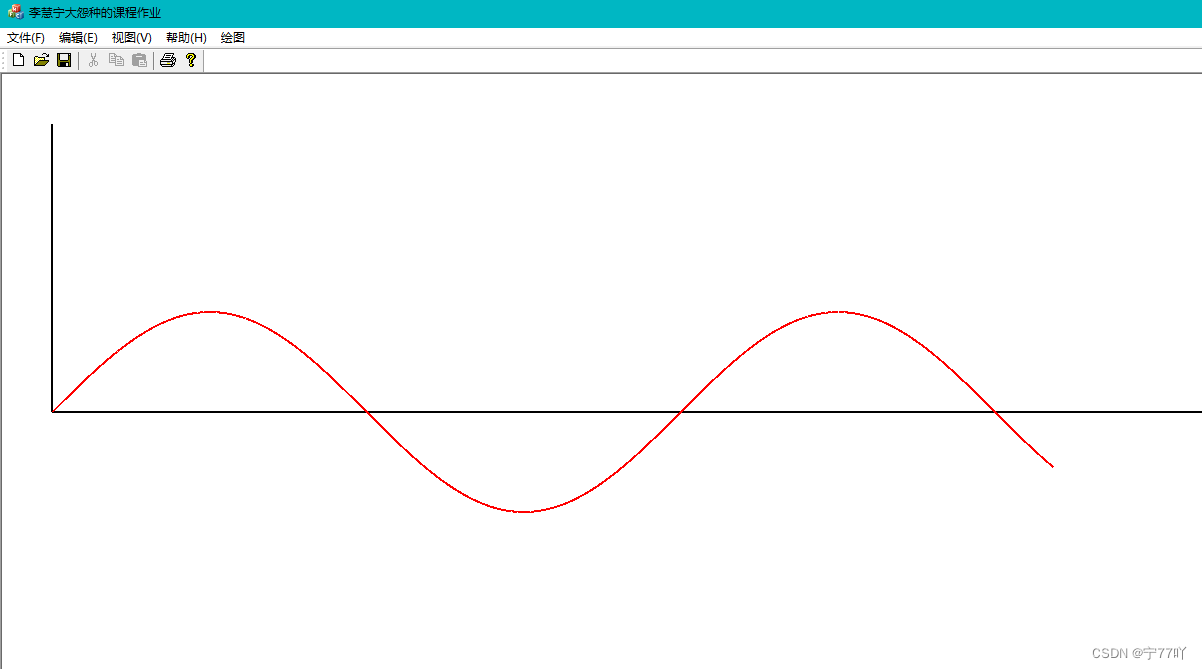


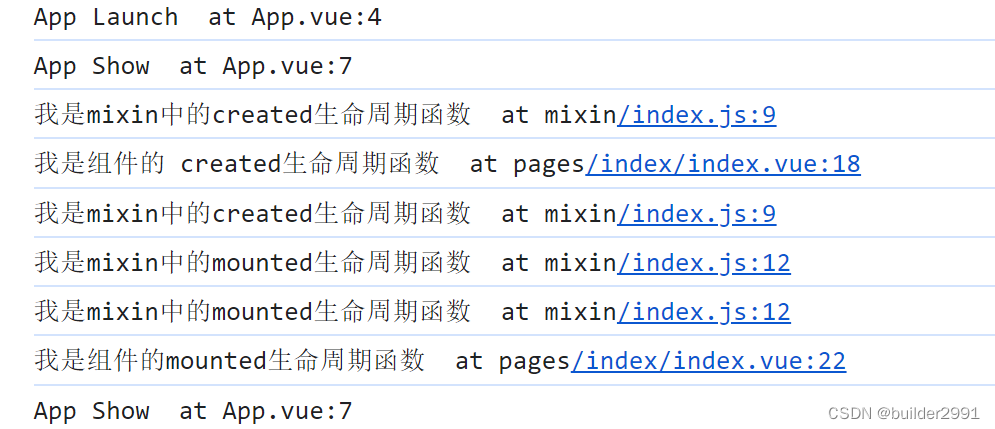

![[架构之路-256]:目标系统 - 设计方法 - 软件工程 - 软件设计 - 架构设计 - 软件系统不同层次的复用与软件系统向越来越复杂的方向聚合](https://img-blog.csdnimg.cn/direct/f43671a9963545539a2a2dcc4fb5bc30.png)





